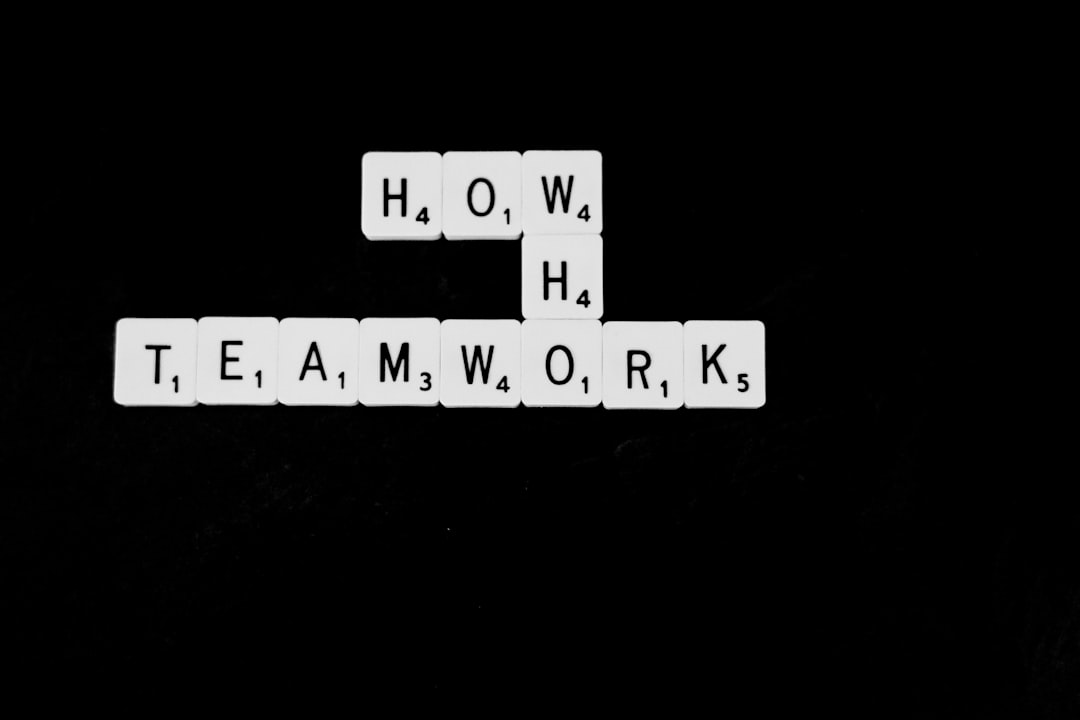Are you a regular solver of the New York Times Crossword? If so, you might have recently come across the tricky clue “Bumped things” and found yourself scratching your head. As always, the NYT Crossword isn’t just about filling boxes — it’s about lateral thinking and wordplay. But don’t worry, we’ve cracked it for you! Let’s dive into the mechanics of this clever clue and why it may have thrown even seasoned solvers for a loop.
Understanding the Clue: “Bumped Things”
At first glance, “Bumped things” might conjure up thoughts of minor car accidents or physical jostles. That seems reasonable, right? However, NYT clues often carry either a literal or figurative meaning, or sometimes both. This clue specifically plays on a slight misdirection — the kind that misleads just enough to keep you thinking.
After reviewing multiple solver discussions and puzzle solutions, it became clear that the correct answer was “ELBOWS”. Yes — the solution is surprisingly simple once you think about it correctly. Elbows are bumped things, quite literally, in crowded spaces, and “elbowing” your way into a room is a humorous way to describe making room for yourself in a packed area.

Why This Clue Was Tricky
There are a few reasons “Bumped things” might have thrown people off course:
- Ambiguity: The word “bumped” can be a noun or a verb, and “things” is intentionally vague. That opens the door to multiple interpretations.
- Pluralization: Clues that end in “things” often feel non-specific. It could be referring to physical items, abstract concepts, or even people.
- Misleading simplicity: Sometimes, the shorter the clue, the harder it is to decode. A two-word clue often has more wiggle room for alternative meanings.
When facing such clues, solvers need to embrace the punny, metaphorical, and cultural elements built into the NYT style. “ELBOWS” fits all three: it reflects physical contact, hijacks a metaphorical concept (elbowing in), and is common enough to feel familiar once unveiled.
Solving Strategies That Help
When tackling misleading clues like this one, it’s useful to apply several strategies that experienced solvers use:
- Think Literally and Figuratively: Ask yourself how the clue might work as both a joke and a straightforward statement.
- Check the Crosses: Sometimes, the best way to solve a baffling clue is by solving the ones that intersect with it. The more letters you can fill in, the clearer the answer often becomes.
- Consider Verb Tenses and Plurals: Since the NYT Crossword is known for its grammatical trickery, always match the clue’s tense and number to your proposed answer.
Using these tactics, “Bumped things” becomes less of an unreachable riddle and more of an “aha!” moment waiting to happen. Once “ELBOWS” clicks into place, the reaction is often a grinning shake of the head at the cleverness of it all.

The Fun Side of Wordplay
The real joy in solving the NYT Crossword comes from the playfulness of the language. A clue like “Bumped things” doesn’t just ask for knowledge; it invites you to play with words. It’s this interactivity that has made the crossword a daily ritual for millions of people around the world.
If you’re looking for more clues in a similar vein, take a look at past puzzles for phrases like:
- “Puts two and two together” (could be ADD)
- “Nothing but net?” (could be ARAI – a complex pun if referencing arachnid webs)
- “Having high marks?” (could be SCARRED)
Each of these challenges not just your vocabulary but also your creativity. These clues consistently reward out-of-the-box thinking — precisely the artistry behind the NYT Crossword’s enduring appeal.
Final Thoughts
Cracking “Bumped things” and discovering “ELBOWS” as the answer illustrates the essence of crossword solving: turning confusion into clarity, frustration into delight. So next time a short and seemingly simple clue appears on your NYT grid, pause and consider multiple angles. The answer may be right under your… well, elbow.
So, sharpen that metaphorical pencil and dive back into the grid. Another satisfying “aha!” moment could be just around the corner.